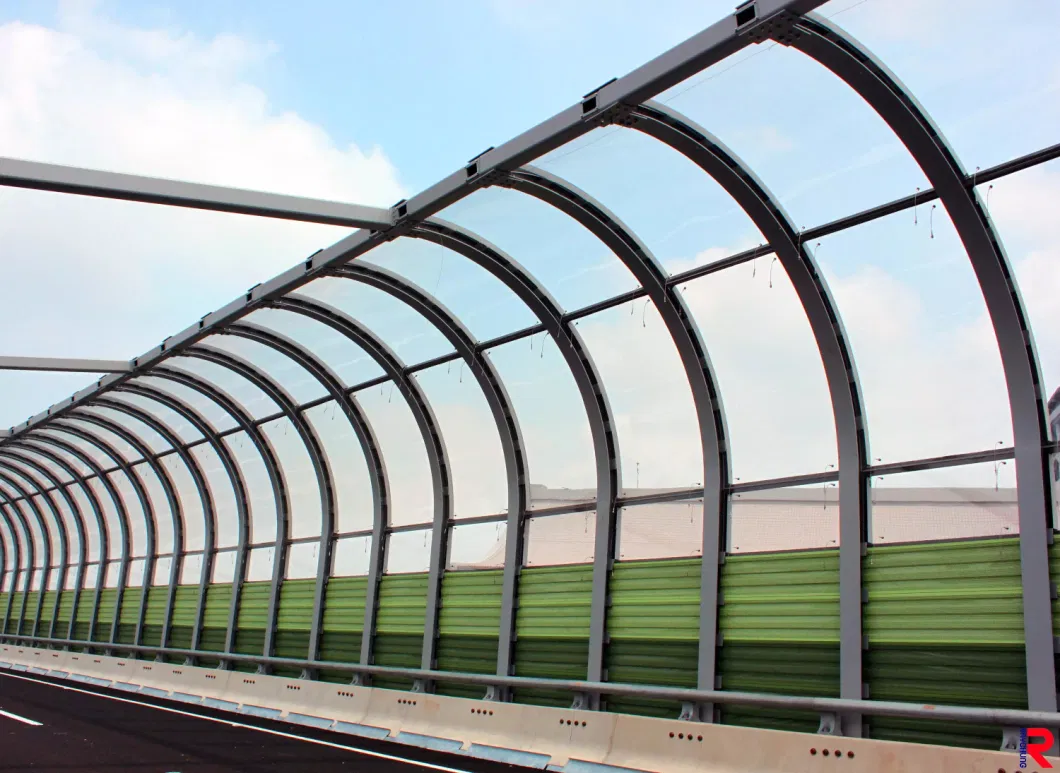Understanding Wire Mesh Grating An Overview
Wire mesh grating is a versatile and durable solution widely used across various industries for flooring, stair treads, platforms, and more. Constructed from steel or other metals, wire mesh gratings are known for their strength, lightweight properties, and structural integrity, making them a preferred choice for both industrial and commercial applications.
Structure and Design
Wire mesh grating typically consists of a series of parallel wires held together by cross wires, forming a grid-like pattern. This design offers open areas that allow for drainage, airflow, and light penetration, making it ideal for environments where such attributes are necessary. The critical components of wire mesh grating include the size of the wire, the spacing between the wires, and the overall thickness of the material, all of which can be customized based on load requirements and intended use.
The manufacturing process usually involves welding or weaving the wires together, creating a robust grid that can withstand significant weight without bending or breaking. This structural design not only contributes to its strength but also enhances its safety features; the solid framework minimizes the risk of slips and falls in high-traffic areas.
Applications
Wire mesh gratings are utilized in a range of applications across various sectors
1. Industrial Flooring Many manufacturing facilities use wire mesh grating as flooring material in production areas, warehouses, and machine rooms due to its ability to support heavy loads while providing excellent drainage properties.
3. Marine and Offshore Uses The corrosion-resistant options available in wire mesh grating (such as galvanized or stainless steel) make it suitable for marine environments, where exposure to water and salt can quickly degrade other materials.
4. Architectural Features In modern architecture, wire mesh grating is increasingly being used for decorative purposes, such as facades, fencing, and shielding, combining functionality with aesthetic appeal.
wire mesh grating

Benefits
The advantages of using wire mesh grating are numerous
- Durability Wire mesh gratings are robust and can withstand harsh conditions, making them a long-lasting choice for various applications. - Lightweight Compared to solid metal plates, wire mesh gratings are significantly lighter, allowing for easier installation and transportation.
- Versatility They can be custom-designed for specific applications, including different load requirements, sizes, and finishes.
- Safety The open design helps prevent water pooling and ice formation, reducing slip hazards in outdoor and industrial environments.
- Environmental Consideration Many manufacturers use recyclable materials, making wire mesh grating a more eco-friendly choice compared to some alternatives.
Maintenance
Maintaining wire mesh grating is relatively simple. Regular inspections and cleanings can help in identifying any wear and tear that might compromise safety. Routine maintenance should include checking for rust or corrosion, especially in outdoor applications or environments prone to moisture. Depending on the location and conditions, it may be necessary to reapply protective coatings to ensure longevity.
Conclusion
Wire mesh grating is a reliable and effective solution across a multitude of settings, renowned for its durability, lightweight properties, and versatility. Whether utilized in industrial environments, architectural projects, or marine applications, the benefits of wire mesh grating make it an essential component in modern construction and design. As industries continue to evolve, the demand for innovative and functional solutions like wire mesh grating remains strong, ensuring its relevance in the years to come. Understanding its features, applications, and maintenance requirements can help stakeholders make informed decisions when selecting the right type of grating for their specific needs.
-
Turn Down the Noise: The Future of Highway Sound Barriers
NewsApr.09,2025
-
Silence the Sound: The Power of Highway Noise Barriers
NewsApr.09,2025
-
Reduce Road Noise Effectively with Highway Noise Barriers
NewsApr.09,2025
-
Noise-Free Living: How Highway Barriers Make a Difference
NewsApr.09,2025
-
Engineered for Silence: Highway Noise Barriers for Every Road
NewsApr.09,2025
-
Effective Noise Control: Highway Barriers for a Quieter Tomorrow
NewsApr.09,2025
Subscribe now!
Stay up to date with the latest on Fry Steeland industry news.

